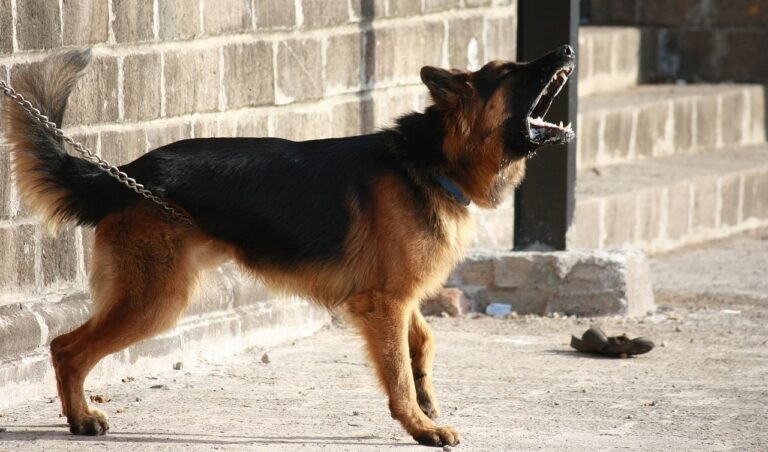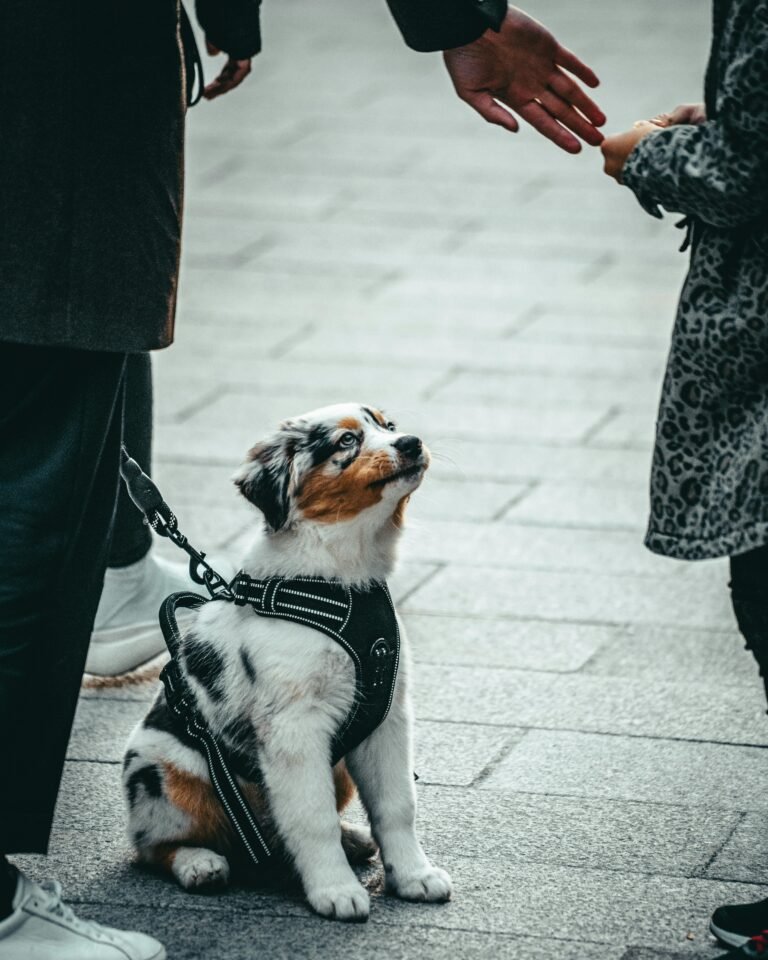Dogs are visual creatures. While they respond well to voice commands, many dogs learn even faster through clear, consistent hand signals. Whether you’re training a puppy, working with a hearing-impaired dog, or just want to boost communication, hand signals are a game-changer.
Adding hand signals to your training toolkit can improve obedience, focus, and your bond with your dog. Here’s how to get started with the five most effective hand signals—and how to teach them.
Why Hand Signals Work
Dogs naturally pay close attention to body language. In fact, they often pick up on our gestures and facial expressions before our words. Hand signals give dogs visual cues they can rely on, especially in noisy environments or when they’re too far away to hear you.
Plus, using hand signals consistently strengthens your training sessions and provides a clearer path to success for your pup.
1. “Sit” — The Upward Palm
Signal: Hold your hand palm-up and move it upward from waist to chest level, as if you’re doing a bicep curl.
How to teach it: Use the voice command “Sit” along with the hand motion. Once your dog sits, reward with praise or a treat. Practice this combo for a few days, then drop the verbal cue and use only the signal.
2. “Stay” — Open Palm Forward
Signal: Hold your hand out in front of you, palm facing your dog, like a “stop” gesture.
How to teach it: Ask your dog to sit. Then use the “stay” signal, step back one step, and reward them for staying put. Gradually increase the distance and time. Use a release word like “Okay!” to let them know they can move again.
3. “Down” — Palm Facing Down, Lowering Motion
Signal: Start with your hand open, palm down, and move it downward toward the ground.
How to teach it: Lure your dog into a down position with a treat in your hand, using the motion as you guide them. Say “Down” while doing it, then reward. Over time, phase out the treat and verbal command until only the hand signal remains.
4. “Come” — Arm Curved Inward
Signal: Extend your arm straight out to the side, then curve it in toward your chest like a sweeping motion.
How to teach it: Use a long leash or an open space. Say “Come!” and use the hand signal. When your dog reaches you, reward generously. Make coming to you the best part of their day so they respond quickly—even from a distance.
5. “No” or “Stop” — Finger Wag or Flat Palm
Signal: A firm wag of the index finger or a flat palm held out with a stern expression.
How to teach it: Pair the hand motion with the word “No” when redirecting unwanted behavior (chewing, jumping, etc.). Reward good behavior immediately after the correction to reinforce what you do want.
Tips for Success
- Always pair hand signals with positive reinforcement—treats, toys, or praise.
- Be consistent in your motions so your dog doesn’t get confused.
- Start in quiet areas before using signals in distracting environments.
- Don’t overwhelm your dog—teach one new signal at a time.
Final Thoughts
Training your dog with hand signals adds a whole new layer of communication. It’s especially helpful for high-energy dogs, hearing-impaired pups, or anyone who wants sharper obedience. With patience and practice, your dog will learn to read your movements like second nature—and you’ll be amazed at how much smoother training becomes.
So go ahead—wave, point, and gesture with purpose. Your dog is watching, learning, and ready to impress.






